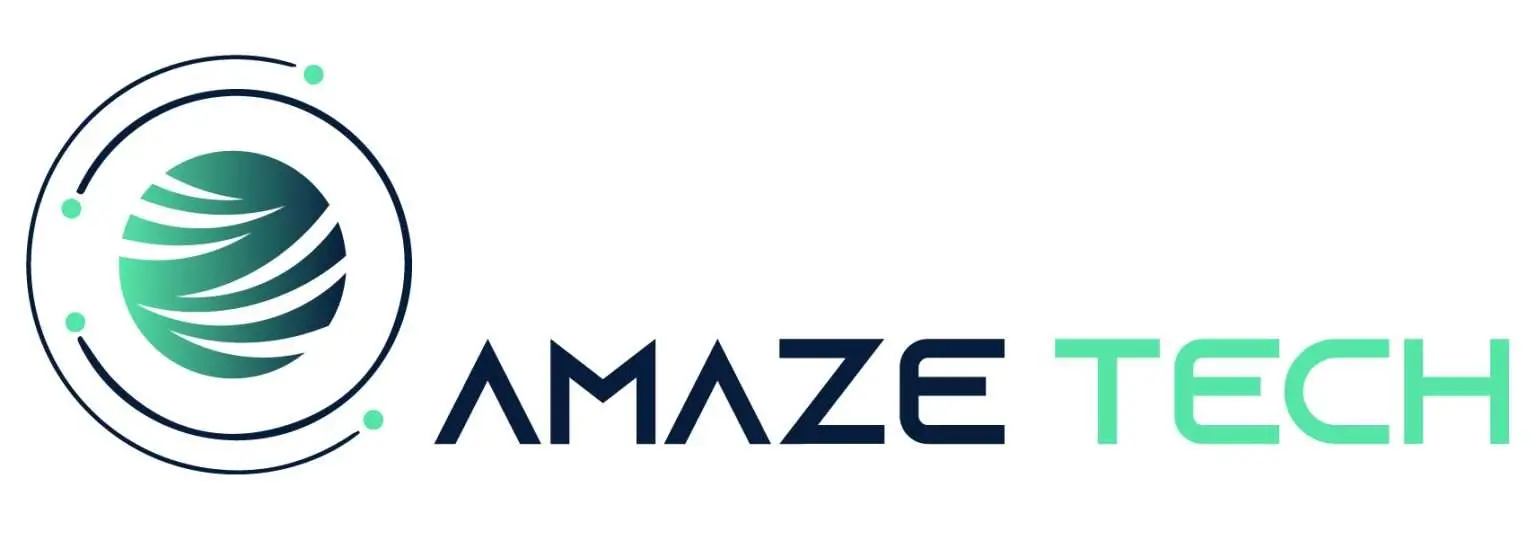Scaling TikTok ads on a small budget can seem difficult, especially when you’re competing against brands spending thousands daily. However, with the right TikTok ads scaling strategies, even small businesses can achieve impressive reach and conversions. This guide covers how to scale TikTok ads on a small budget effectively through creative testing, audience optimization, Spark Ads, and gradual scaling methods that deliver strong ROAS without overspending.
Understanding TikTok’s Algorithm for Budget-Conscious Scaling
Before scaling, it’s important to understand how TikTok’s algorithm works. The TikTok Ads algorithm prioritizes ad engagement and viewer relevance. It studies signals such as watch time, click-through rate (CTR), and conversion events. If your ad drives strong engagement, the algorithm expands your audience reach automatically.
For small budget TikTok advertising, this means quality and consistency matter more than large ad spends. Keep your daily spend consistent to help the algorithm exit the learning phase efficiently. Avoid making major budget jumps or frequent edits, which can reset the learning process.
Essential Budget Requirements: What You Really Need to Start
You don’t need a huge budget to begin scaling TikTok campaigns. The key is setting realistic expectations and allocating funds wisely. Even with a daily budget of $20–$50, you can start gathering valuable data.
Focus on:
- Allocating at least 70% of your spend to top-performing ad sets
- Setting a small daily testing budget to experiment with creatives
- Using Campaign Budget Optimization (CBO) if your account already has a stable performance
- Keeping ad set budgets steady for at least 3–5 days before analyzing results
The main goal of small-budget TikTok advertising is to achieve steady performance rather than rapid growth. Once you achieve profitable ROAS, scaling gradually ensures sustainability.
Creative-First Scaling: Maximizing Impact with Minimal Spend
When running TikTok ads on a small budget, your creative is your biggest lever for scaling. The TikTok audience responds best to authentic, native-style videos that blend seamlessly with organic content.
Here are creative-first scaling tactics:
- Test multiple hooks in the first 3 seconds to grab attention
- Focus on storytelling and relatable visuals instead of over-polished ads
- Use User Generated Content (UGC) and testimonials for social proof
- Refresh your creatives every 7–10 days to prevent creative fatigue
- Repurpose high-performing organic TikToks into Spark Ads
A single high-performing creative can outperform a dozen low-quality ads, allowing you to scale cost-effectively while maintaining a strong ROAS.
Spark Ads: The Secret Weapon for Small Budget Scaling
Spark Ads are one of the most powerful tools for scaling TikTok ads on a tight budget. These ads use organic TikTok posts — either from your own profile or influencers — and promote them directly.
Benefits of Spark Ads include:
- Leveraging organic engagement and social proof
- Lower CPM and higher CTR compared to traditional ads
- Preserving the post’s engagement metrics (likes, comments, shares)
- Seamless integration into the TikTok feed, improving viewer trust
When scaling, use Spark Ads with your best-performing organic videos. They perform better than traditional paid ads because they feel authentic and align with TikTok’s native content style.
Gradual Scaling Strategies That Preserve Performance
Scaling TikTok ads without breaking performance requires patience. The most effective method is gradual scaling. Instead of doubling your budget overnight, increase your spend slowly to maintain algorithm stability.
Proven scaling steps:
- Increase your ad set budget by 20–30% every 48–72 hours
- Avoid changing targeting or creatives during this period
- Monitor ROAS, CPA, and CTR daily to ensure stability
- Duplicate successful ad sets and run them under a CBO campaign for wider reach
Gradual scaling ensures your ads stay in the learning phase’s sweet spot, reducing the risk of performance drops and wasted spend.
Horizontal vs Vertical Scaling for Small Budgets
There are two main scaling strategies for TikTok: vertical and horizontal. For small budgets, horizontal scaling often works best.
Vertical scaling means increasing your existing ad budget gradually. It’s effective when your campaigns are already profitable and stable.
Horizontal scaling, on the other hand, involves duplicating your best-performing ad sets and targeting new audiences or creatives. This allows you to test variations while maintaining a low overall spend.
For small business TikTok marketing, combining both approaches is ideal. Use vertical scaling for winning ads and horizontal scaling to diversify your performance sources.
Organic Content Integration for Cost-Effective Scaling
Organic TikTok content plays a major role in scaling ads cost-effectively. When you post regularly on your brand account, you create an opportunity for the algorithm to test your content for free.
Here’s how to integrate organic content:
- Post 3–5 times per week to identify natural top performers
- Turn viral posts into Spark Ads for paid amplification
- Encourage followers to create UGC that showcases your products
- Use TikTok Trends, challenges, and trending sounds to improve discoverability
Organic reach helps improve ad performance because the algorithm recognizes engagement patterns. Combining organic content with paid ads creates a balanced scaling ecosystem.
Micro-Influencer Partnerships on a Tight Budget
Collaborating with micro-influencers is one of the best small-budget TikTok advertising strategies. These creators typically charge less but deliver authentic engagement from niche audiences.
Steps to follow:
- Use TikTok Creator Marketplace to find relevant influencers
- Partner with influencers who align with your brand and product values
- Request usage rights for Spark Ads from influencer content
- Track conversions using TikTok Pixel or UTM parameters
Micro-influencer partnerships also generate UGC that can be reused in your ad campaigns, reducing production costs while maintaining creativity.
Testing and Optimization Without Breaking the Bank
Optimization is where most small advertisers waste money. The key is to test strategically. Don’t launch dozens of variations at once; focus on one element at a time.
Low-cost testing methods include:
- A/B testing hooks, captions, and CTAs before full rollout
- Monitoring metrics like CTR, CPM, and CPA to identify weak spots
- Pausing low-performing ads after 3–4 days instead of instantly
- Using TikTok’s native analytics to analyze audience engagement and conversions
TikTok ads scaling small budget strategies rely on structured testing that maximizes results from minimal spend.
Measuring Success: Key Metrics for Small Budget Campaigns
To scale TikTok ads cost-effectively, track performance through measurable KPIs.
Key metrics to monitor include:
- ROAS (Return on Ad Spend): the most important metric for profitability
- CPA (Cost Per Acquisition): shows the cost-efficiency of conversions
- CTR (Click-Through Rate): measures how engaging your ad is
- CPM (Cost Per Mille): helps understand the cost of impressions
- Conversion rate: reveals how well your audience is responding
Tools like TikTok Ads Manager, Google Analytics, and third-party trackers such as Triple Whale or Hyros help track performance across the funnel.
Common Scaling Mistakes That Waste Small Budgets
Even experienced advertisers make mistakes when scaling TikTok ads on limited budgets. Avoid the following pitfalls:
- Increasing budgets too quickly and resetting the learning phase
- Ignoring creative fatigue by running the same video for weeks
- Targeting overly broad audiences without proper testing
- Neglecting the tracking setup for conversion attribution
- Focusing on vanity metrics instead of actual ROAS and CPA
A disciplined approach ensures every dollar spent contributes to measurable growth.
FAQs About Scaling TikTok Ads on a Small Budget
How much should I spend daily to start scaling TikTok ads?
You can start with as little as $20–$50 per day. Focus on gathering data, optimizing creatives, and gradually increasing your budget as performance stabilizes.
What is the best way to scale TikTok ads on a tight budget?
Use gradual budget increases (20–30%), run Spark Ads from your best organic content, and test new audiences through horizontal scaling.
Are Spark Ads effective for small budgets?
Yes, Spark Ads are cost-effective because they use existing organic posts with proven engagement, reducing CPM and improving ROAS.
How do I avoid creative fatigue with limited resources?
Rotate ad creatives every 7–10 days, repurpose organic content, and use UGC to keep your campaigns fresh.
What metrics should I track when scaling TikTok ads?
Focus on ROAS, CPA, CTR, and CPM. These metrics reveal how efficiently your ads convert and where you can optimize spending.






